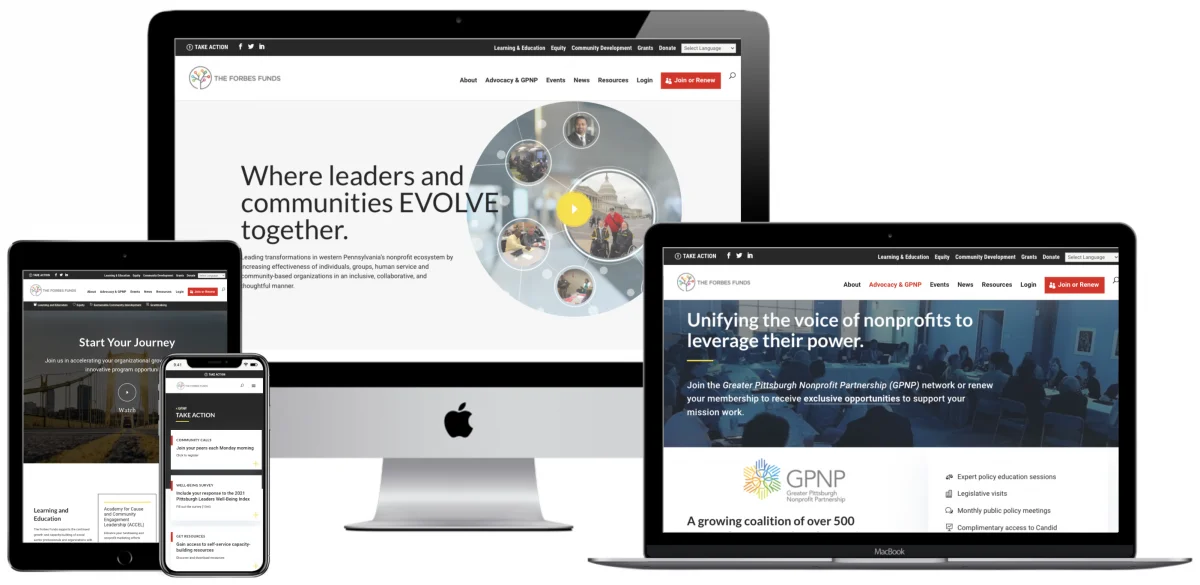It feels like a constant guessing game you’ll never figure out – the Rubik’s Cube of running a website. How do you get the first page of a Google search? First, it was keywords, then it was primary and secondary keywords. First, it was a minimum of 1,000 words, then it was a minimum of 2,500 words. Post every day, but not too many times in a day. It can feel frustrating and nerve-wracking. You’re building your business, and you know you need to reach your audience online in this increasingly digital world. Meanwhile, you also have an actual business to build and run while you stress out over how to tell people about it online! Sometimes, it seems impossible to figure out how to write for SEO.
How to Write for SEO in 2023: Keywords
Yes, of course. Keywords are critical. They are the number one way people find your website. For those who don’t know, SEO stands for Search Engine Optimization. When someone searches something on Google, they enter a string of “keywords.”
The vast majority of people use at least four words strung together for their search across their search journey.
This means that you should be optimizing your web page using what is called low competition high search volume. You want to have posts and pages that best meet those four words that people are searching, in a space where not a lot of other web pages offer posts and pages. More on keyword research and identifying intent here.
Lots of searches. Not a lot to find.
So no, you cannot write for SEO successfully without focusing on keyword searches. You need to know what your audience is looking for in order to find you, and then you need to optimize your page so that your content shows up when they enter those keywords.
Your Audience. Your Website Users. Not Robots.
Now here is where we need to pause to take a breath.
The tendency since the beginning of Google SEO keywords has been to keyword “stuff.” You load up your content with keywords hoping to get onto Google’s first page and get more eyes on your content.
But here’s the thing: people don’t like that. Real-life people want to be treated like real-life people with feelings, concerns, desires, and needs.
They come to your website for something.
They entered a search in Google for a real need they have, and they clicked on your link because they’re interested in what you might have to offer them.
How disappointing then, if they were to find your web page or blog stuffed with keywords simply to make Google and bots happy – simply to get on the front page.
Yes, use the keywords so that your target audience can find you, but then, actually speak to your target audience.
Brand Story and Value Proposition
The number one reason businesses fail to innovate, to really capture and maintain the attention of their target audience is they don’t even know their customer! They don’t know who their “persona” is, the ideal customer, and if they don’t know their customer, they certainly don’t know what their customer needs or wants.
Before you start plugging keywords into your content, sit down with yourself and write out your brand story and prioritize creating a positive customer experience.
Who are you? What is your business? What is your story? How did you come to where you are today? What is your why? What are the mission, vision, and values of your business?
When you can answer all of those questions clearly and concisely, you have done the hardest part.
Next, you review what you have written and create a value proposition.
In 10 seconds, in a single sentence, you should be able to state who your target audience is, what their problem is, and how your business meets that problem.
When you have both a brand story and a value proposition, you are now ready to create rich and engaging content with keywords in the title, in a heading or two, and lightly sprinkled throughout your article. Because, if you’re writing an article on the topic the keyword addresses, it will naturally be in those places. It will feel natural when your audience reads it.
And if you actually provide value in your writing, your audience will respond to your call to action.
Provide Value
That’s right. You must actually provide value. Your audience expects something from you because you basically promised to deliver that thing with your title and your fancy top position on Google. Now you have to provide it.
How do you provide value to your audience? It depends on what your business is, what your brand story is, and what your value proposition is.
The key to any successful online business is to provide a ton of free content that provides value to your specific customers. When you do that, they are excited to come back for more, and they are thrilled to support your business with their dollars.
If you are in the makeup industry, you can provide beauty and self-care tips.
If you are in real estate, create blogs that help them prepare to buy their first home, or stage their home to sell.
If you are in finance, offer tax season advice or estate planning advice.
If you are a community-based nonprofit service provider, offer accessible information that is easy to read and not verbose (e.g., 5th-grade reading level over college-grade) if you want to help them get a GED.
You get the point.
By running a business and seeking customers online, you are positioning yourself as an expert and as the answer to their problems as they relate to your business. Showcase your expertise!
It’s not just people who want all of this real-life authentic engagement. It’s Google, too. Indeed, their site outlines precisely what they’re looking for: ways your site is actually helping people.
It’s all about the UX: the User Experience.
Keep It Simple
You’ve surely by now heard the jokes about those recipe blogs. “Blah blah blah, I don’t want your story. I just want the recipe!” They say. Maybe you’ve even told those jokes.
You go searching for the best cheesecake recipe on Pinterest and suddenly you’re reading all about a woman’s adventure in winter wonderland with her husband and children, and how much her hubby loves her cheesecake compared to all other cheesecakes. A little story is great, sure. But sometimes you just want the dang recipe!
Keep that in mind when you’re creating your content. Do not overfill your blog or web page with filler information. Unless your business is writing books and you’re releasing a chapter at a time to tease your readers, they did not come to read a book.
They came for information.
That information may indeed call for 2,500 words. But it might simply call for 1,000, or even 500. Take a look at what you’re writing about and determine what the content calls for. Do not try to write 2,500 words on a cheesecake recipe. They just want the cheesecake.
Also, make the content relevant to the keywords and the purpose of the post. People feel bamboozled when they come for one thing and get something else.
Provide Visuals
We all love pictures. Since we were children reading picture books, we have love to get information through pictures. And that does not change when we grow up. Just take a look at any study on the popularity of video today. Or visit TikTok or Instagram Reels for a few seconds and watch how you get sucked in.
Be sure to include images and even videos in your content. Also remember that you can always create images and videos that can be repurposed for TikTok, Instagram, YouTube, and more, turning one piece of content like a blog into dozens of pieces of short-form content across platforms that link back to your blog. Now you’re making your clients and Google happy!
Featured Snippets
Another potential way to get Google’s SEO attention is to get featured on their short answer boxes. You can create some simple answers to questions that your content speaks to. The fancy top position is coveted by all search marketers, even though they often provide no-click answers for a lot of the time. This means Google answers the searcher’s question without leaving Google.
We also highly suggest exploring the AnswerThePublic tool to help with identifying all of the top questions searchers have around a 2-3 word keyword or phrase. Check out this Moz article on how to work on it if you’re interested in reading more.
Bullseye Framework
And finally, think of applying the bullseye approach when considering what and where to create and feature your content.
When you imagine a three-ring bullseye, the outer ring is all the possible options at your disposal. The middle ring is what you think might work for you. The innermost ring is what is working and paying off.
This approach can apply to your content and where you feature it.
Your goal is to be aiming for the inner ring as often as possible, but you may need to work your way from the outside in, narrowing down as you go.
To explore more on this topic and how it can work for you, check out this article on validating your channels using Bullseye.
It’s About People
In the end, remember that your content, your keywords, and everything else you do with your business, both in real life and online, should be heavily based on your business and your clients. Start with people, and everything else will fall into place.
Happy creating! And should you need professional assistance and are a purpose-driven organization, please don’t hesitate to connect with a Key Medium expert by booking an introductory call.

Ali Jaffar has been building dazzling websites and creating amazing online experiences for over a decade. His mastery of the latest innovations in web development results in world-class website experiences set apart by show-stopping style and seamless functionality. A sought-after consultant and 50-time award-winning storyteller, UX expert, and web developer — Ali lends his talents to build and bolster digital experiences for a wide array of clients — with a keen focus on web design for nonprofit organizations, B2B, and government agencies. When Ali’s not helping his clients grow, you can find him cooking, exploring new places with his dog, or experimenting with AI & new gadgets.
Connect with Ali on LinkedIn to continue the conversation.

